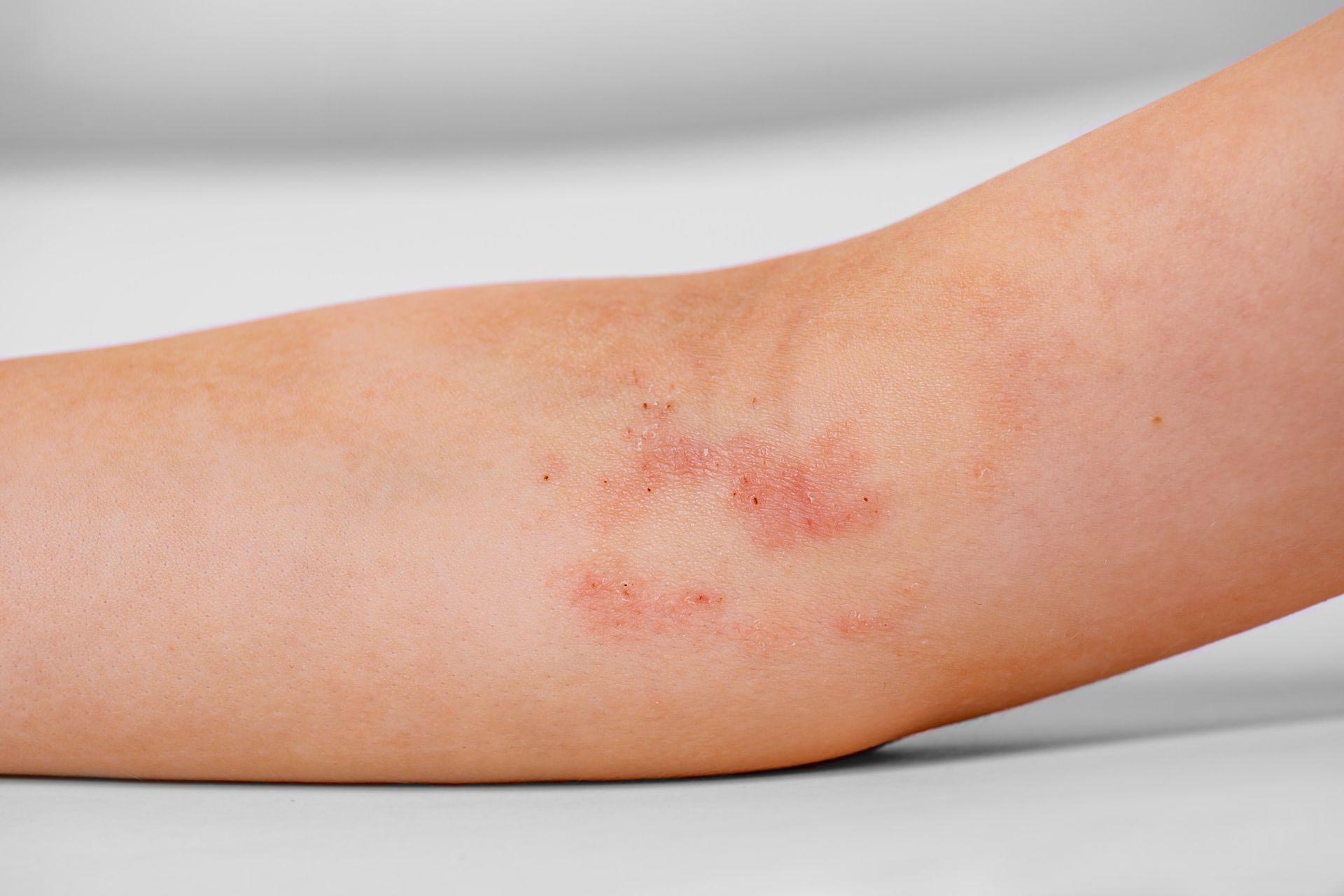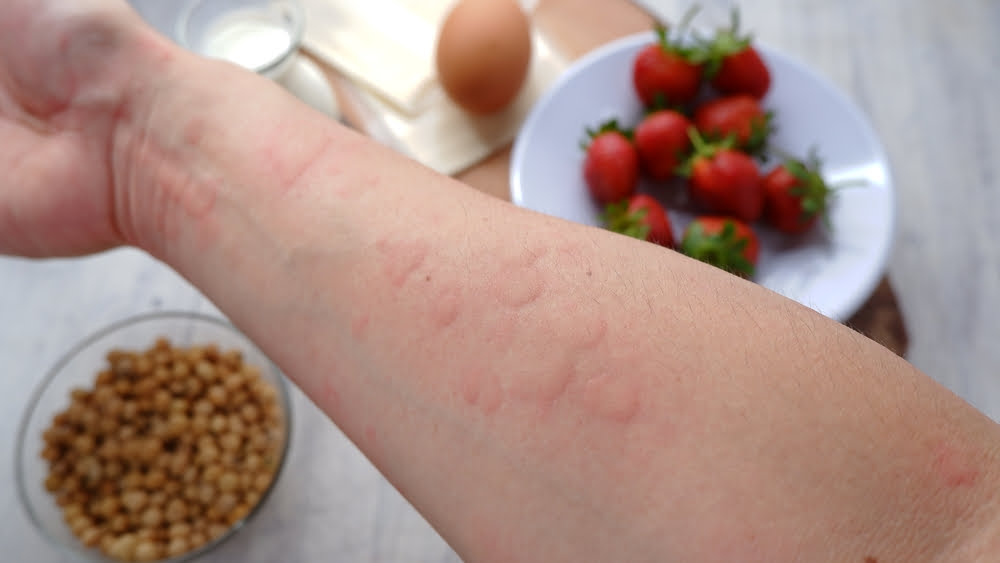Humanized Content on Homeopathic Remedies for Atopic Dermatitis
Understanding Atopic Dermatitis and Its Symptoms
Atopic Dermatitis, also known as Atopic Eczema, is a long-lasting skin condition that causes dry, itchy, and inflamed skin. Unlike some skin issues, it isn’t contagious, so you don’t need to worry about passing it on to someone else through skin contact. This condition often starts in early childhood, typically before the age of five. While some children outgrow it, others may continue to experience symptoms into adulthood. The condition tends to flare up and then calm down, creating a cycle of discomfort.
When Atopic Dermatitis affects infants, it’s sometimes called Infantile Eczema. The homeopathic approach can be a gentle and effective way to manage this condition. These natural remedies aim to reduce the severity of symptoms like itching and inflammation, promoting the healing of rashes and other skin issues.
Homeopathic Approach to Treating Atopic Dermatitis
Homeopathy focuses on treating Atopic Dermatitis using remedies made from natural ingredients. These remedies are selected based on the individual’s unique symptoms, such as the type and location of the skin rash, factors that worsen or alleviate the symptoms, and the time when itching is most severe. They also consider how sensitive the person is to heat and cold, as well as any distinct mental or emotional symptoms.
Homeopathic treatment aims to address the root cause of Atopic Dermatitis by boosting the body’s natural immunity. While this approach is not an overnight fix and may take several months to show significant results, it is known for being gentle and free from the harsh side effects often associated with conventional treatments.
Top Homeopathic Remedies for Atopic Dermatitis
Here are some of the most commonly recommended homeopathic remedies for Atopic Dermatitis:
- Graphites: Ideal for dry, rough, and cracked skin, especially in areas like the elbows, knees, neck, and behind the ears. It can also help with fluid-filled bumps that ooze a sticky discharge.
- Petroleum: Best for extremely dry, cracked skin that may bleed. This remedy is particularly useful for flare-ups that occur during winter when the skin is exposed to cold, dry air.
- Sulphur: A go-to remedy for intense itching and dry, scaly skin. It works well when itching worsens at night or after getting warm in bed. It’s also effective when Atopic Dermatitis has been suppressed by external treatments like ointments.
- Natrum Mur: Useful for rashes in the bends of the limbs and along the scalp’s edge. This remedy is helpful when warmth and heat worsen the condition, and it can also be effective for those who experience nasal allergies alongside their dermatitis.
- Rhus Tox: Helps with eruptions covered by thick crusts that ooze fluid. It is beneficial for red, itchy skin that gets worse with scratching.
- Arsenic Album: Recommended for dry, scaly eruptions, especially on the face, that are accompanied by intense itching and burning sensations, often worsening at night.
- Mezereum: Effective for eruptions that ooze a sticky fluid and form thick scabs, sometimes with pus underneath, indicating an infection.
- Galphimia Glauca and Histaminum: These remedies are particularly beneficial for treating Atopic Dermatitis when allergic symptoms like hay fever or nasal allergies are also present.
Recognizing Signs and Symptoms of Atopic Dermatitis
Atopic Dermatitis often shows up before the age of five and can cause:
- Dry, Rough, and Itchy Skin: The main symptom, with itching often worsening at night.
- Eruptions: These can be papules (raised bumps), vesicles (fluid-filled), or pustules (filled with pus). When these lesions ooze, it’s known as Weeping Eczema.
- Thickened, Crusted Skin: Over time, the skin may thicken and develop crusts or scales.
- Cracks and Bleeding: In severe cases, deep cracks can form, leading to bleeding.
- Skin Infections: Due to excessive scratching, skin can become vulnerable to bacterial or viral infections.
Causes and Triggers of Atopic Dermatitis
While the exact cause of Atopic Dermatitis is not fully understood, it is believed to involve a combination of genetic and environmental factors:
- Immune System Dysfunction: The immune system overreacts, leading to inflammation.
- Genetics: A family history of eczema, asthma, or other allergic conditions can increase the risk.
- Hygiene Hypothesis: Early exposure to various microorganisms can help build a child’s immune system, potentially reducing the risk of allergies.
- Staphylococcus Aureus: This bacteria can sometimes trigger or worsen Atopic Dermatitis.
Common triggers include stress, weather changes, certain fabrics (like wool or synthetics), dust mites, soaps, detergents, hot water, and specific foods (such as eggs, cow’s milk, gluten, and fish).
Managing Atopic Dermatitis
Managing Atopic Dermatitis involves both lifestyle adjustments and homeopathic treatment:
- Moisturizing Regularly: Apply a moisturizer right after bathing while the skin is still damp to lock in moisture.
- Warm, Not Hot Baths: Limit bath time to about 10 minutes using warm water.
- Gentle Soaps: Use mild, fragrance-free soaps to avoid irritating the skin.
- Avoid Triggers: Identify and avoid things that can worsen your symptoms, like certain foods, fabrics, or allergens.


